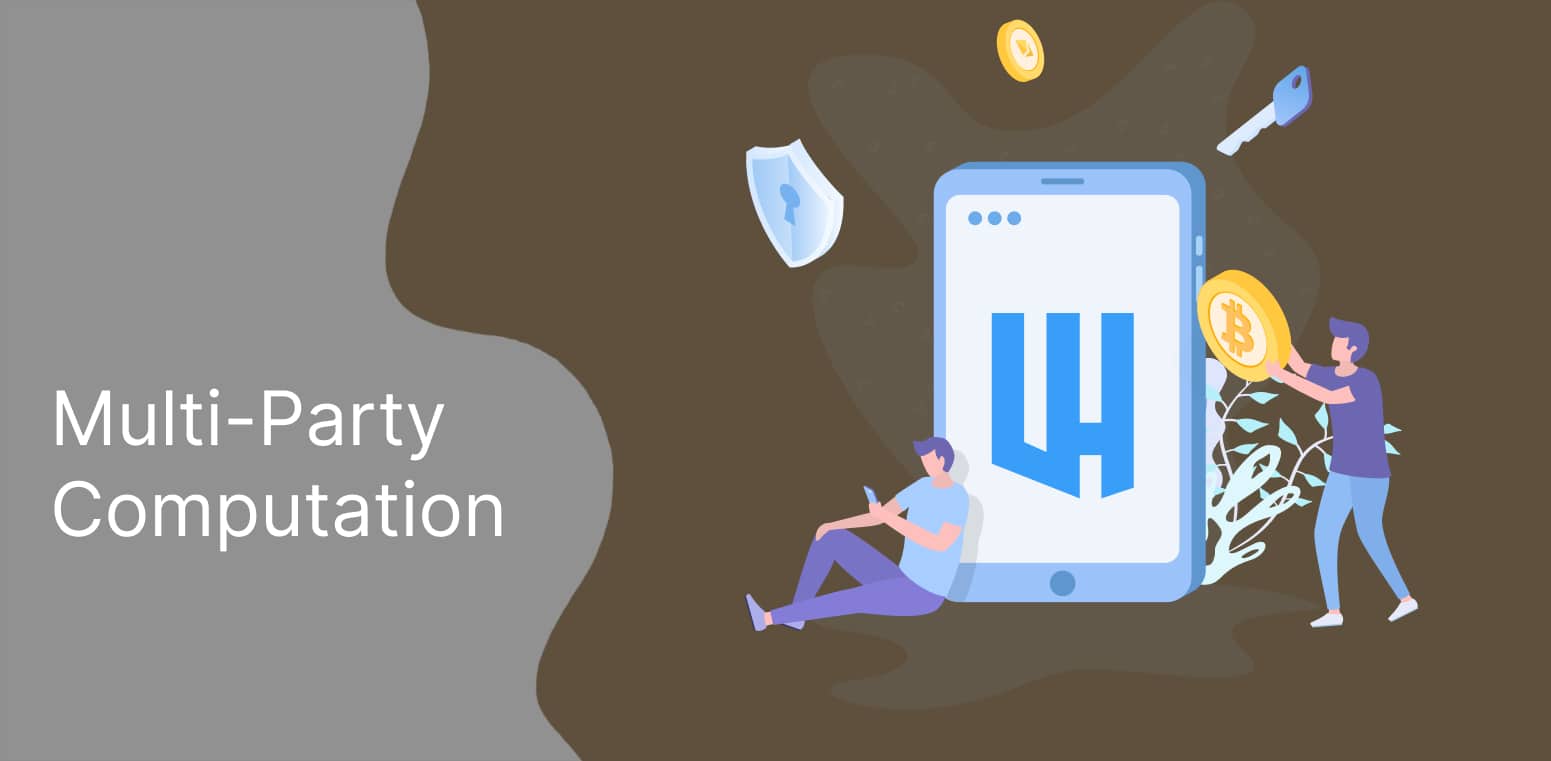In the rapidly evolving world of blockchain and cryptocurrency, one technology is emerging as a potential game-changer: Multi-Party Computation (MPC).
What Exactly is MPC?
It’s a cryptographic protocol that allows multiple parties to jointly compute a function over their inputs while keeping those inputs private. The question is, could MPC be the future of blockchain and crypto? Let’s delve into the potential of this technology.
MPC is not a new concept; it has been around since the 1980s. However, its application in blockchain and crypto is relatively recent and has the potential to revolutionize the way we handle digital assets. The primary appeal of MPC lies in its ability to enhance security and privacy, two aspects that are of paramount importance in the blockchain and crypto space.
The Upside for Blockchains, Cryptocurrencies
On the blockchain, private keys are used to sign transactions. These keys are typically stored in a single location, making them vulnerable to theft or loss. If a private key is lost, the associated assets are irrecoverable. If it is stolen, the assets can be transferred without the owner’s consent. MPC addresses these issues by splitting the private key into multiple parts, each stored in a different location. This not only reduces the risk of loss or theft but also allows for more flexible and secure management of digital assets.
MPC also enhances privacy by enabling computations on encrypted data. In a blockchain context, this could mean executing smart contracts without revealing the underlying data to any party. This is particularly relevant in scenarios where sensitive data is involved, such as in healthcare or financial services. With MPC, the blockchain can offer the transparency and immutability it is known for, without compromising on privacy.
Another significant advantage of MPC is its potential to improve scalability, a long-standing issue in the blockchain world. By allowing computations to be distributed among multiple parties, MPC can potentially reduce the computational load on any single node in the network. This could lead to faster transaction processing times and a more scalable blockchain infrastructure.

The Downside
MPC is not without its challenges. Implementing MPC protocols is complex and requires significant computational resources. Moreover, ensuring that all parties involved in the computation act honestly is a non-trivial task. However, these challenges are not insurmountable. With ongoing research and development, it is likely that we will see more efficient and secure MPC protocols in the future. Our own WH Cypher wallet, for example, implements MPC/Multi-signature architecture and threshold signatures (see below). It is suitable for large and small trades and group control on our peer-to-peer DEX – WhalesHeaven.
Several blockchain projects are already exploring the use of MPC. For instance, Unbound Tech has developed an MPC-based solution for secure key management, while Enigma is using MPC to enable private computations on the blockchain. These projects demonstrate the practical potential of MPC in the blockchain and crypto space.
A Layer of Security: MPC-based Threshold Signature
In the context of blockchain and cryptocurrencies, this cryptographic protocol enhances the security of transactions by distributing the signing authority across multiple parties.
A threshold signature scheme operates in such a way that, in order to sign a transaction, a minimum number of parties (the “threshold”) must agree to it. Rather than a single key being used to authorize a transaction, a group of key holders share the responsibility. This multi-signature approach makes the process more resistant to fraud, theft, or loss since no single party holds the entire key, effectively adding an extra layer of protection.

MPC-based Threshold Signature further bolsters the security features of MPC by eliminating the single point of failure problem. Even if one part of the key is compromised, the entire key cannot be reconstructed without the minimum required parts. This not only ensures more robust security but also enables fault tolerance, where the system can still function even if some parts of the key are unavailable.
Moreover, the threshold signature scheme can make blockchain governance more democratic. Since multiple parties are required to authorize a transaction, decisions are more likely to be made in the best interests of the network, rather than those of a single party. This is especially beneficial in decentralized networks and exchanges, where the goal is to prevent any single entity from wielding too much power.
The future of MPC
While it is too early to definitively say that MPC is the future of blockchain and crypto, it certainly holds significant promise. By addressing key issues of security, privacy, and scalability, MPC has the potential to drive the next wave of innovation in the blockchain and crypto world. As with any emerging technology, there are challenges to overcome, but the potential benefits of MPC make it a technology worth watching. As we move forward, it will be interesting to see how MPC evolves and shapes the future of blockchain and crypto.
